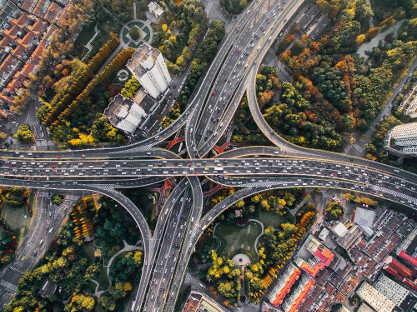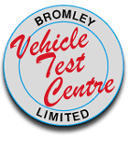
If you live and drive in the south of England you have probably already been on the new M3, or at the very least experienced some of the delays caused by the upgrades that Highways England has been carrying out over the last few years. It’s not the first such motorway in the UK. The first one was actually the M42, upgraded since 2006, although it was known as a managed, rather than a smart, motorway.
According to Highways England, congestion on motorways and major roads costs around £2 billion each year with a quarter of that due to accidents. The idea behind smart motorways is to improve congestion, and therefore reduce the number of accidents and cost to our economy.
What are smart motorways?
Smart motorways can increase capacity and reduce congestion by taking a technology-driven approach to traffic management. Technology, including cameras, can monitor traffic and make the necessary adjustments to manage traffic, such as opening up the hard shoulder for use to all vehicles. In this way, the slow-down and even stop-start of traffic can be reduced enabling a smoother flow of traffic even at busy times.
Are there other benefits?
Using data from that first smart motorway, it has been shown that journey times have improved by 22 per cent and that accidents have been cut by 50 per cent. For those accidents that were not avoided their seriousness was lower with fewer serious injuries and no fatalities.
Do I need to drive differently on a smart motorway?
Driving on a smart motorway is no different than driving on an existing motorway. However, there are three key things to keep in mind:
- Speed limits may vary to regulate the flow of traffic. Keep an eye on the overhead gantries which will alert you to what the speed limit is in the section that you are in. Sticking to that will help make your drive, and that of other road users, smoother with fewer stop-starts.
- A red ‘X’ will indicate that a lane is closed. When you see this move into one of the lanes marked as green, or open, to keep traffic flowing and avoid last minute lane changes when an obstacle is encountered. Lanes may also be closed to allow emergency vehicles through.
- The hard shoulder may at times be used for all vehicles. This is done during busy times providing additional capacity, again reducing congestion and delays.
What if my vehicle breaks down?
If you have a breakdown then you must get to the closest area of safety. If you cannot exit the motorway, then try to reach an Emergency Refuge Area (ERA). These are spaced at regular intervals along the smart motorway and are clearly marked in bright colours. If you cannot reach an ERA, move to the hard shoulder – as you would normally – and exit the vehicle if you can (use the nearside door) for greatest safety. You should do this even if the hard shoulder is being used as a normal traffic lane; the regional traffic team monitors lanes at all times and will react accordingly if there is a breakdown blocking the lane. Always turn on your hazard lights whether you are in an ERA or on the hard shoulder.
Need to get a vehicle check, MOT, or service before you get on to the motorway network – smart or otherwise? That is what we are here for at Bromley Garage Services. All you need to do is call us on 020 8460 6666 to book an appointment and we willl make sure you are safe to be on the road in no time.
